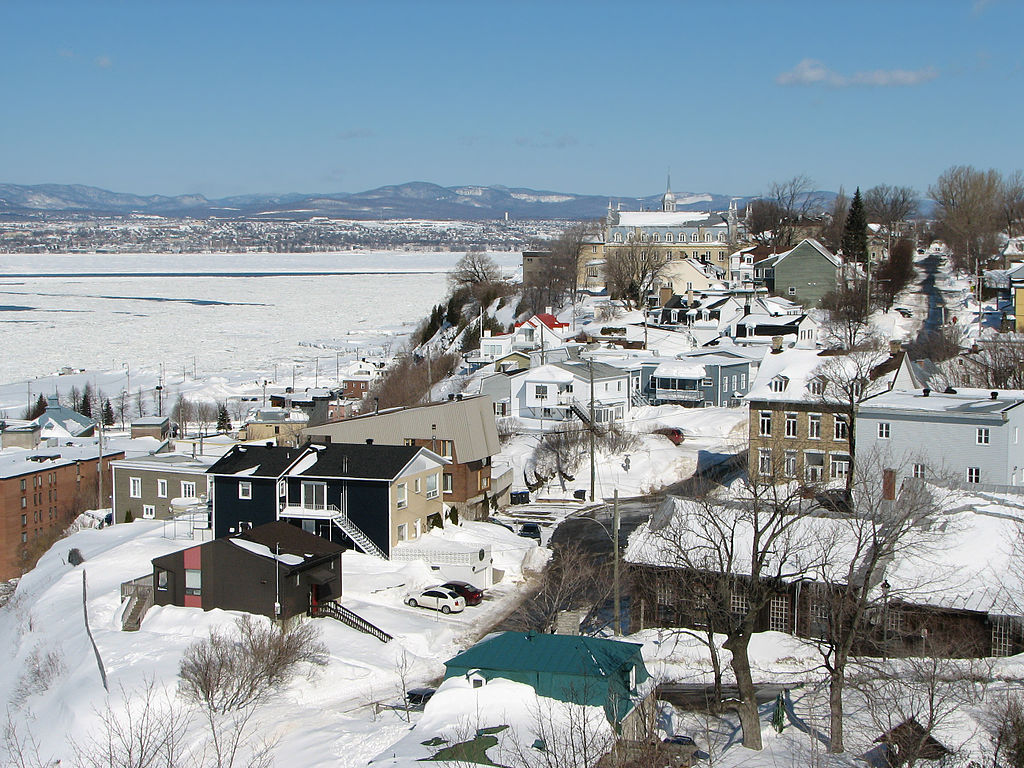Charny, Quebec, population 10,367 (2006 census), 10,507 (2001 census). Charny was originally incorporated in 1965, but the city merged with Lévis in 2002. The city is located across the St. Lawrence River from Sainte-Foy, at the exit of the Quebec and Pierre-Laporte bridges. (See also Pierre Laporte.) It is only 12 km from the downtown core of Quebec City. Charny is bound on the west by the Rivière Chaudière.
History
Charny's development is linked to the railway. (See Railway History in Canada.) Near the end of the 19th century, the Grand Trunk Railway and the Intercolonial Railway set up west of l'Hêtrière, a parcel of the seigneury de Lauzon. This area was referred to as Chaudière Junction, or West Junction. Many new families came with the hope of employment in the railway service industry.
In 1903, the concession of l'Hêtrière detached itself from Saint-Jean-Chrysostome to form the parish of Notre-Dame-du-Perpétuel-Secours de Charny. At the time, it had a population of 445. In 1965, it became the city of Charny with 4,564 citizens. Charny is named after Charles de Lauzon, sieur de Charny, son of Jean de Lauzon, the governor of New France.
Present Day
Since incorporation, the population has more than doubled. There is very little industrial activity as most of the city is developed commercially and residentially. In 2002, Charny merged into the larger city of Lévis
The nearby Parc des Chutes-de-la-Chaudière is located on the Rivière Chaudière. The waters of the 35 m-high waterfall often seem to be boiling as vapor rises from a large steam-boiler-shaped basin at the foot of the falls.

 Share on Facebook
Share on Facebook Share on X
Share on X Share by Email
Share by Email Share on Google Classroom
Share on Google Classroom


